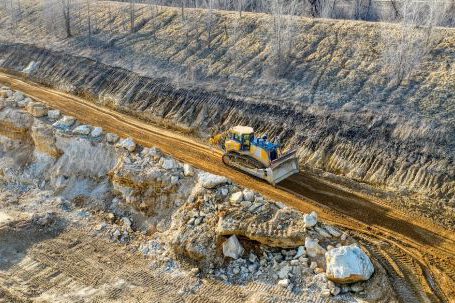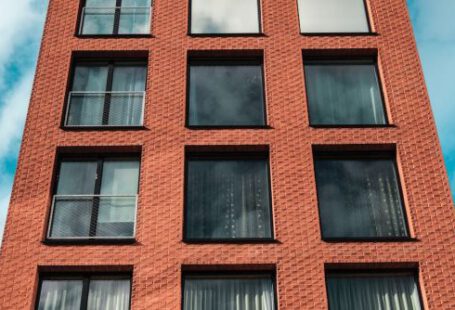The construction industry is notorious for being a dangerous work environment, with workers exposed to a wide variety of hazards on a daily basis. One of the most commonly overlooked safety measures is the use of knee pads. Knee pads can play an essential role in protecting workers from the dangers of working on hard, uneven surfaces. In this article, we will explore the why and how of knee pads in the construction industry.
Benefits of Knee Pads
Knee pads offer a number of benefits to construction workers. They can provide vital cushioning and support for workers while working on hard, uneven surfaces. This can help to reduce the risk of slips, trips, and falls, which are some of the most common causes of injury in the construction industry.
Knee pads can also provide protection from sharp objects. Construction sites are often filled with a wide variety of sharp objects, ranging from nails to broken glass. Knee pads are designed to provide a layer of protection against these sharp objects, reducing the risk of cuts and scrapes.
Finally, knee pads can provide extra support and comfort for workers who spend long hours kneeling. This can help to reduce fatigue and improve productivity, as well as helping to prevent long-term injuries such as knee pain.
Types of Knee Pads
When it comes to knee pads, there are a number of different types available. The type of knee pad that is best suited to a particular job will depend on the type of work being done.
One of the most common types of knee pads is the foam pad. These are lightweight and easy to use, and provide cushioning and support for workers while kneeling. They are ideal for tasks such as tile laying or working on hard, uneven surfaces.
Another type of knee pad is the gel pad. These are thicker and more supportive than foam pads, and are designed to provide extra cushioning and support for workers who are kneeling for long periods. Gel pads are also more durable than foam pads, making them ideal for jobs where they will be exposed to a lot of wear and tear.
Finally, there are neoprene or rubber knee pads. These are the most durable type of knee pad, and are designed to provide maximum protection against sharp objects. They are heavier and less comfortable than foam or gel pads, but are ideal for jobs where there is a risk of cuts and scrapes.
Choosing the Right Knee Pad
When choosing the right knee pad, there are a few factors to consider. Firstly, consider the type of work being done and the hazards that are present. This will help to determine which type of knee pad is best suited to the job.
It is also important to consider the size and fit of the knee pad. Knee pads should be snug but not too tight, as this can lead to discomfort and reduce the effectiveness of the pad.
Finally, it is important to consider the quality of the knee pad. Cheaper pads may be tempting, but they may not provide the same level of protection as more expensive pads. It is always better to invest in a quality knee pad that will last.
Conclusion
Knee pads are an essential safety measure for workers in the construction industry. They provide essential protection against slips, trips, and falls, as well as sharp objects and fatigue. There are a variety of different types of knee pads available, and it is important to choose the right one for the job. By investing in quality knee pads, construction workers can ensure that they remain safe and productive on the job.






